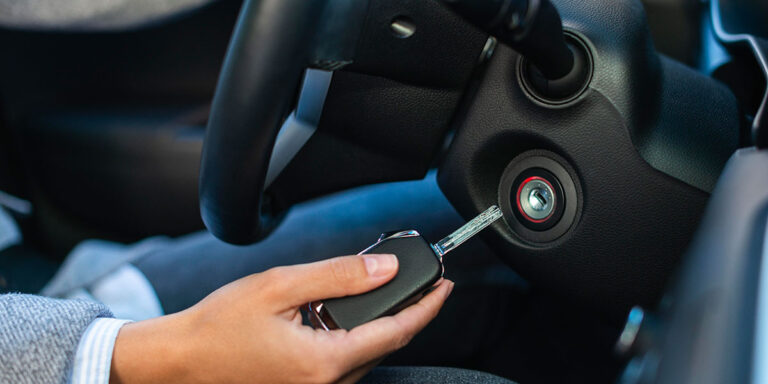Is your car key refusing to budge, stubbornly lodged in the lock as you stand there feeling frustration seep in? Youre not alone. This seemingly minor inconvenience can quickly escalate into a larger hassle.
Keys getting stuck in locks can stem from a variety of issues ranging from simple dirt accumulation to more complex mechanical failures. Understanding the underlying reasons can save you not only time but also money.
In this article, well explore common culprits behind that pesky key jam, while providing practical tips to help you resolve the issue and keep your car’s locking mechanism in top shape. Whether you’re a seasoned car owner or a new driver navigating the ins and outs of vehicle maintenance, these insights will empower you to tackle the problem with confidence.
Get ready to unlock the mystery!
Common Causes of a Stuck Car Key

A stuck car key can be a frustrating and puzzling experience, often stemming from various issues. One common culprit is the wear and tear of the key itself; worn edges or a bent blade can make it difficult for the lock mechanism to engage smoothly.
Moreover, dirt and debris can accumulate inside the lock cylinder, creating additional friction that keeps the key from turning or being removed. Temperature changes can also play a role—extreme cold can cause components to contract, while heat may lead to warping, both of which could interfere with the keys functionality.
Its worth noting that malfunctioning ignition systems or faulty steering locks can complicate matters further. In some cases, a simple misalignment of the lock and key can be the root of the problem, leaving you grappling with a seemingly simple yet vexing issue.
Immediate Solutions: What to Do When Your Key Gets Stuck

Experiencing a stuck key can be frustrating, but there are immediate steps you can take to address the situation effectively. First, gently wiggle the key while applying a little upward pressure—sometimes a simple adjustment can free it.
If that doesn’t work, check for any visible obstructions or debris in the lock, as even the tiniest spec can cause misalignment. Don’t force it, though! Spraying a lubricant specifically designed for locks, like graphite powder, can also be helpful.
Let it sit for a moment, and then try again. If youre in a bind, consider using a rubber band or a pair of pliers for added grip, but proceed with caution to avoid breaking the key.
Above all, patience is your ally in this situation.
Preventative Measures: How to Avoid Future Issues

To prevent the frustration of a key getting stuck in the lock, regular maintenance and simple precautions can go a long way. First, make it a habit to lubricate your key and the lock mechanism periodically with graphite or silicone spray—this helps ensure smooth operation and reduces friction.
Additionally, avoid excessive force when inserting or turning the key; if it doesn’t go in easily, investigate the issue rather than pushing harder. Regularly inspect both the key and the lock for signs of wear or damage—tiny bends in the key or debris in the lock can cause big headaches later.
Finally, consider having a spare key made, as using a worn-out or damaged key can exacerbate the problem. With a little diligence and care, you can keep your ignition and door locks functioning smoothly, preventing future snagged keys from interrupting your journeys.
Conclusion
In conclusion, encountering a stuck car key can be a frustrating experience, but understanding the potential causes and implementing the right solutions can make all the difference. Factors such as a dirty lock, a worn-out key, or even weather-related issues can contribute to this common problem.
By following the tips provided in this article, you can troubleshoot the situation effectively and restore functionality to your cars locking mechanism. For further assistance and quality products, consider visiting Mr-key.com, where you can find helpful resources to ensure your key and locks remain in optimal condition. Remember, regular maintenance and prompt attention to any signs of trouble can prevent future headaches and keep your vehicle secure.

